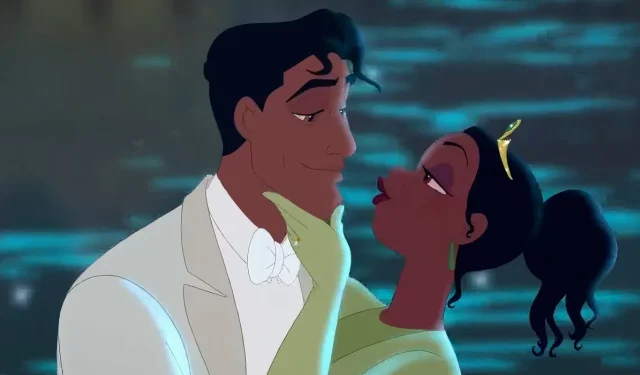The Princess and the Frog, released in 2009, stands out not only as a beautifully animated Disney film but also as a pivotal narrative that challenges historical conventions. As Disney’s first feature to present a black lead character, the story follows Tiana, a determined young woman from 1920s New Orleans, whose aspirations overshadow her interest in romance. Much of the film transpires in the lush Bayou, where Tiana and Prince Naveen undergo a transformative journey after being turned into frogs.
The emotional foundation of the film revolves around the evolving romance between Tiana and Naveen, adhering to a familiar arc seen in many Disney tales. However, intricacies within the plot reflect a historical context steeped in regressive attitudes toward race and societal roles. Thus, when Tiana achieves her goal of opening a restaurant amid adversity, the significance of her triumph resonates deeply against the backdrop of America’s complex racial history.
The Princess and the Frog: A Narrative Shift
Tiana’s Restaurant Triumphs Over Racial Barriers
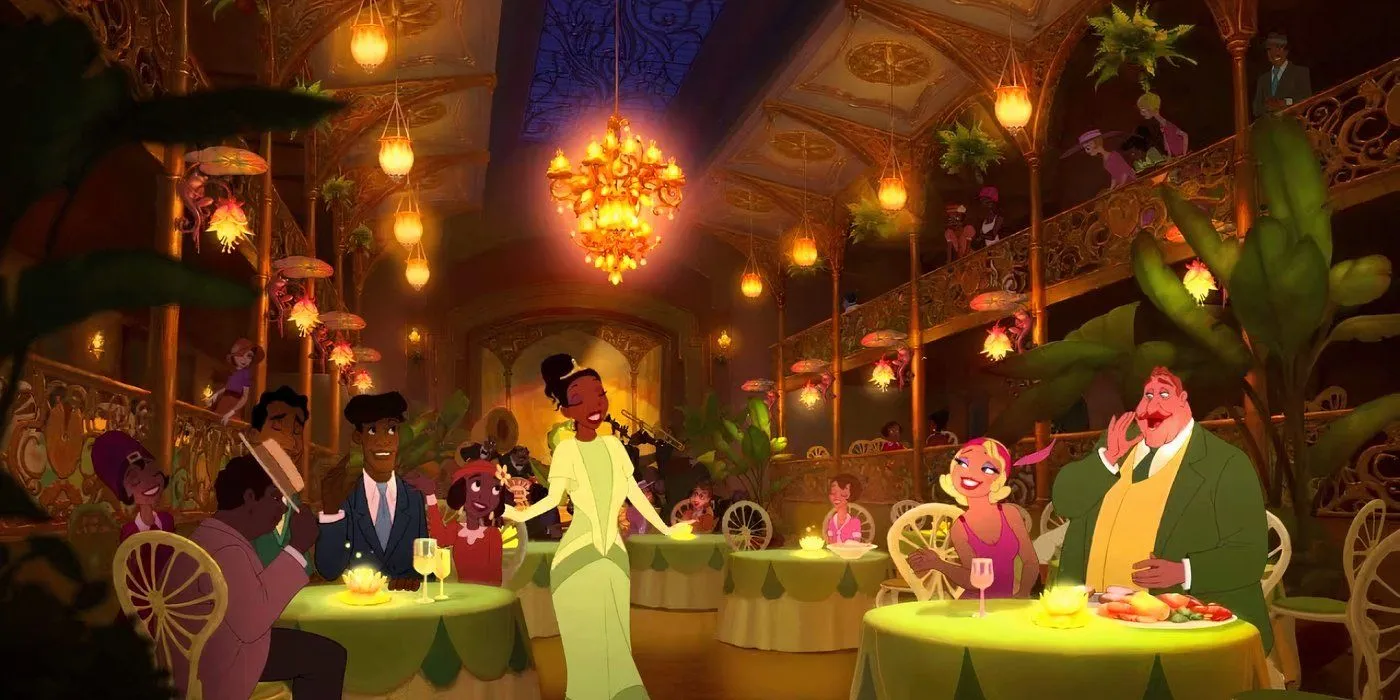
The conclusion of The Princess and the Frog delivers a powerful cultural statement. While Tiana and Naveen eventually return to human form and marry, they passionately pursue Tiana’s dream of opening a restaurant instead of retreating to the safety of Naveen’s royal lineage. With Tiana’s savings and the assistance of her ally Louis, they secure a venue previously denied to Tiana, transforming it into a bustling jazz eatery that attracts a diverse clientele.
What stands out in this narrative arc is the film’s portrayal of Tiana’s restaurant as a desegregated space, where individuals from various backgrounds gather to enjoy the ambiance together. Set against the realities of 1920s Southern America, which was rife with racial inequality, Tiana’s inclusive restaurant serves as a symbol of hope and progressiveness, subtly embedded in the climax of her journey. This inclusive establishment not only signifies Tiana’s personal growth but also reflects a broader evolution for her community.
Subtle Narratives on Race
Depicting Racial Challenges Through Minor Characters
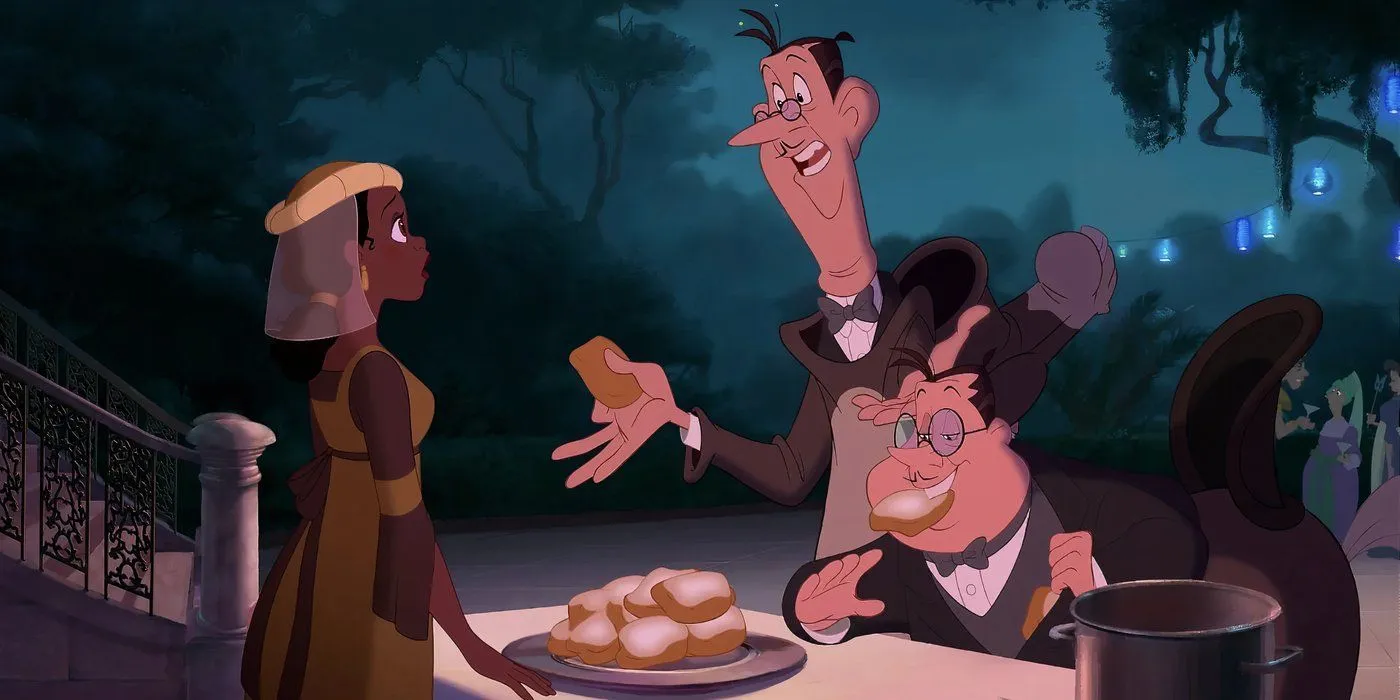
While the film primarily focuses on personal development rather than overtly addressing race, it nonetheless integrates nuanced depictions of the racial landscape of the American South. This context becomes particularly evident in Tiana’s interactions with the wealthier, white population, such as her encounters with the Fenner Brothers—a duo of bankers who dismiss her ambitions based on her background. This reflects the stark wealth disparities and systemic challenges faced by the black community during this period.
These encounters serve to highlight Tiana’s resilience and determination, providing a backdrop against which her aspirations manifest. The subtlety with which these themes are woven enhances the film’s emotional depth, allowing viewers to engage with the historical context without overshadowing the central narrative.
Lottie: A Subverted Archetype
Lottie: A Complex Character
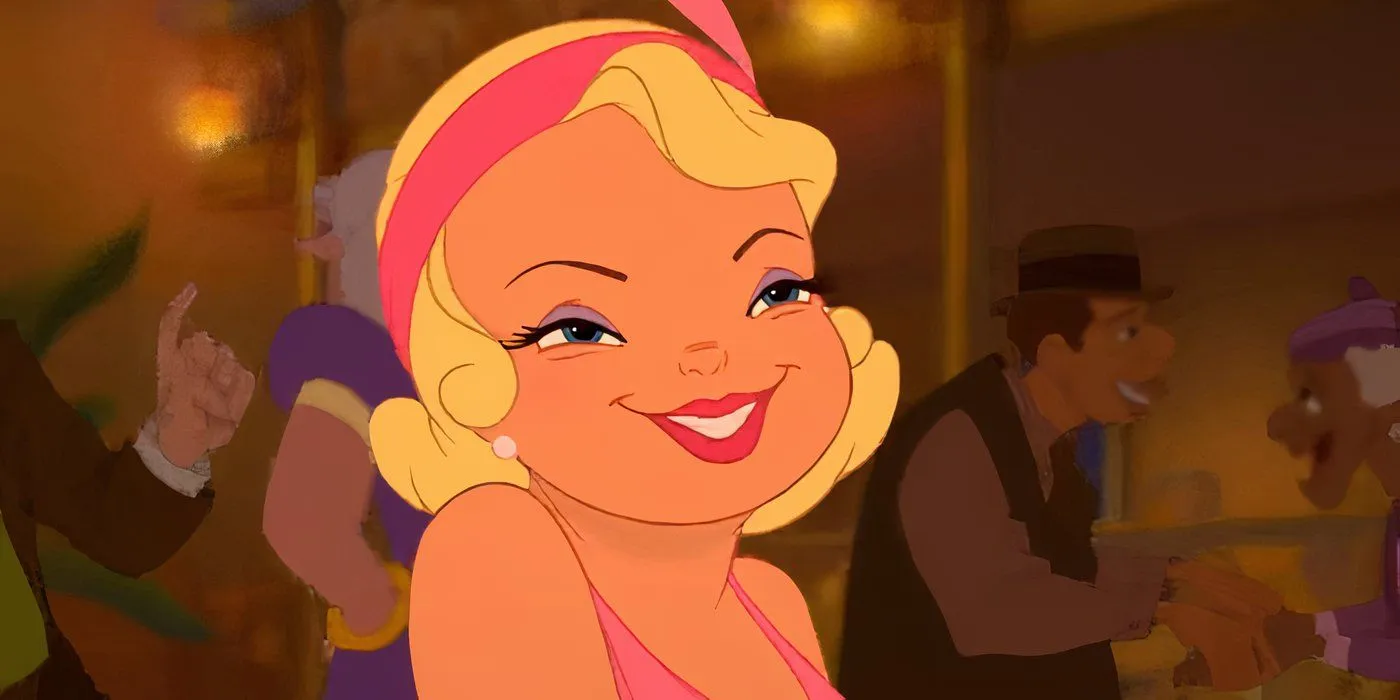
The character of Lottie provides an insightful commentary on the film’s subversion of social stereotypes. Initially portrayed as the archetypical wealthy friend, Lottie transcends expectations by exhibiting empathy and genuine support for Tiana’s dreams. Her character defies the notion that privileged individuals are inherently oblivious to the struggles of others, opting instead to uplift her friend.
Jennifer Cody’s performance as Lottie garnered recognition, exemplifying how even characters within a seemingly supporting role can carry significant narrative weight. Lottie’s character adds depth and nuance to the story, showcasing the potential for friendship to bridge racial and socioeconomic divides.
The Princess and the Frog’s Impactful Narrative
A Quietly Progressive Conclusion


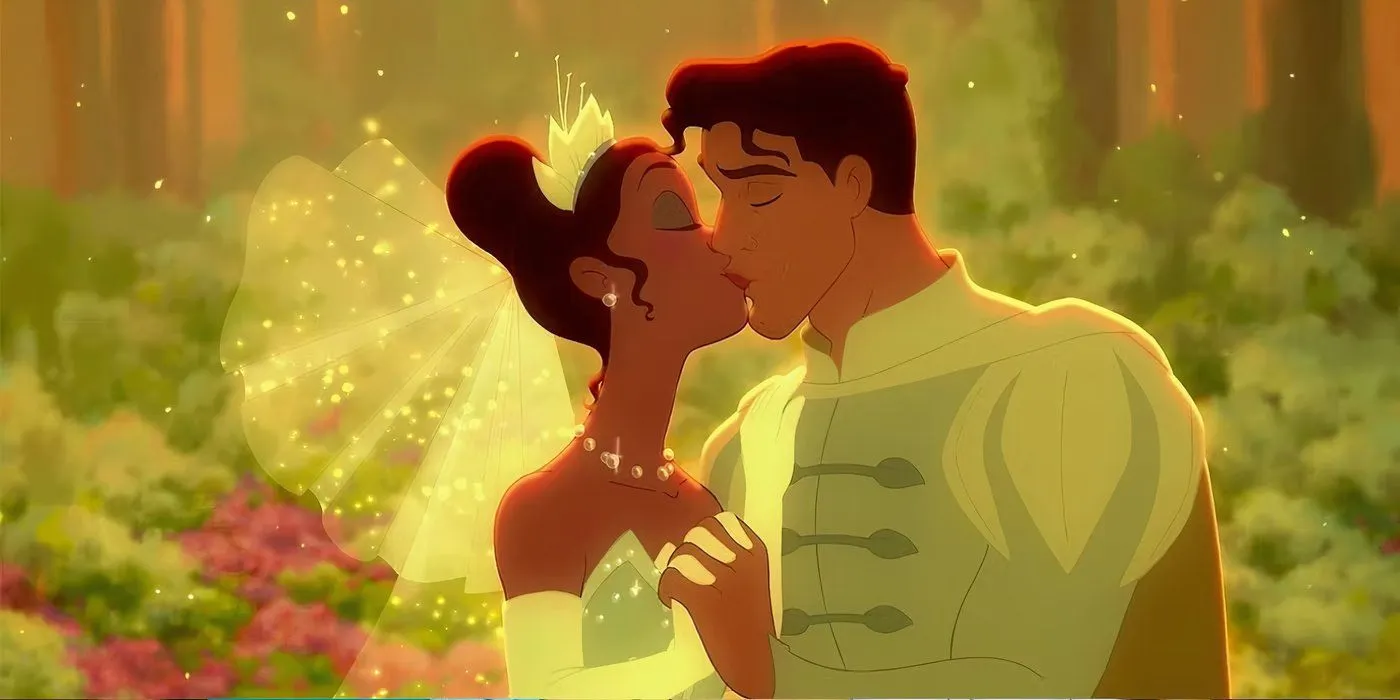
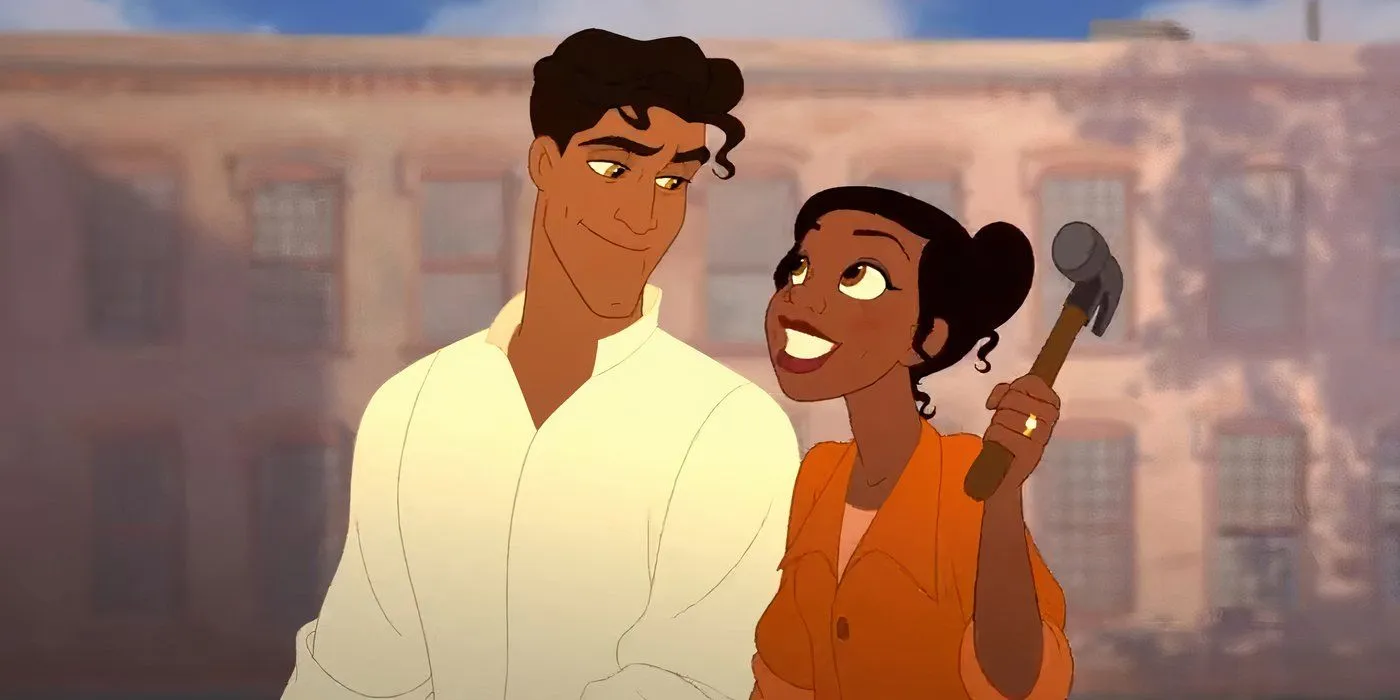
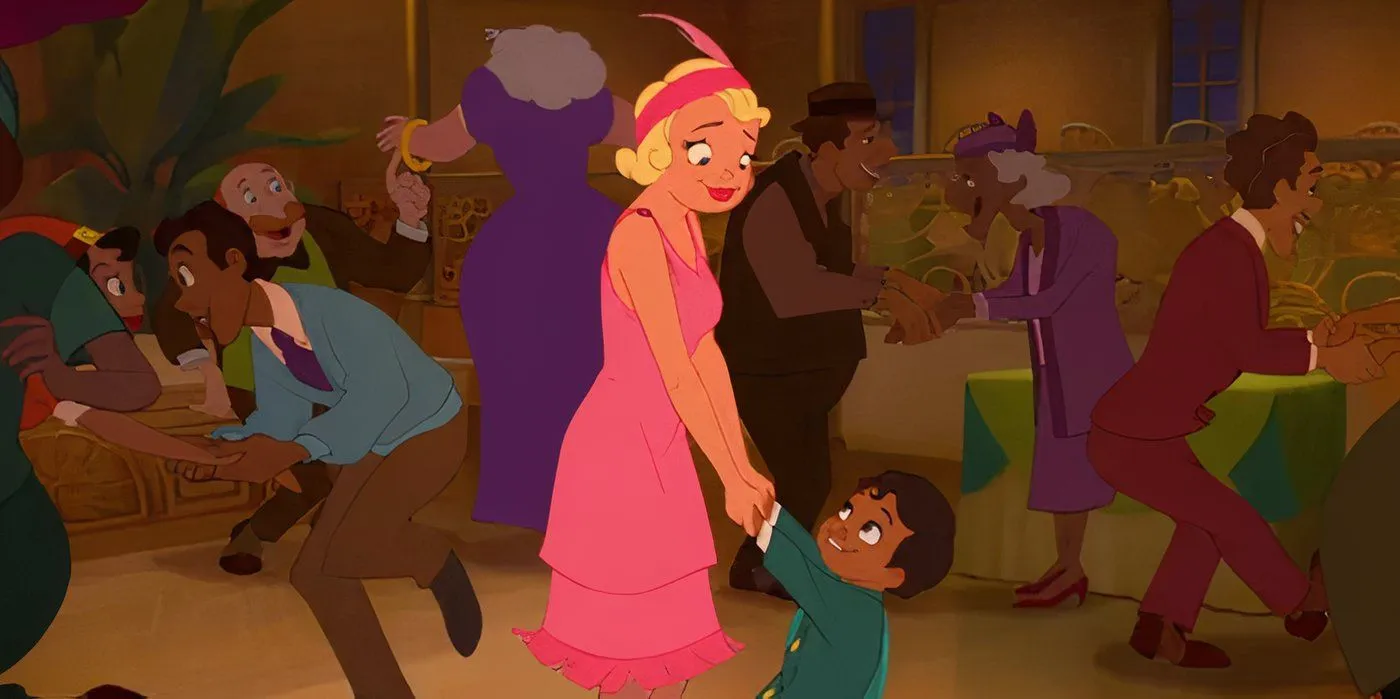
Though The Princess and the Frog emphasizes the personal journeys of Tiana and Naveen, it seamlessly addresses significant themes surrounding race and acceptance. By integrating these complex issues into the narrative, the film elevates its status beyond mere entertainment—it challenges audiences to consider the implications of inclusivity in a segregated society. Tiana’s journey to love doesn’t compromise her ambition, reinforcing that success is attainable without sacrificing one’s identity.
Confronting obstacles posed by both magical adversities and societal challenges, Tiana builds a future characterized by inclusivity and joy. Her restaurant’s popularity among a diverse range of patrons underscores the vital need for acceptance and unity, especially during turbulent times. The denouement of The Princess and the Frog effectively celebrates desegregation and community, rendering it a historical commentary clothed in the warmth of a fairy tale.
